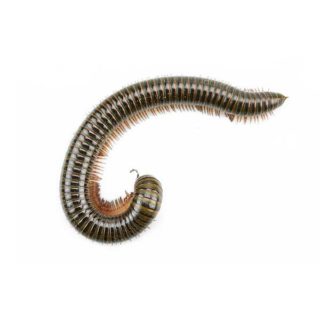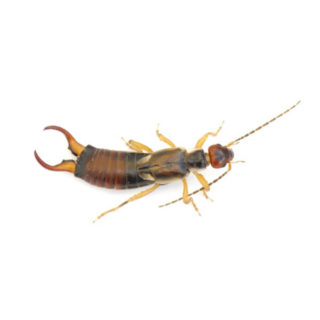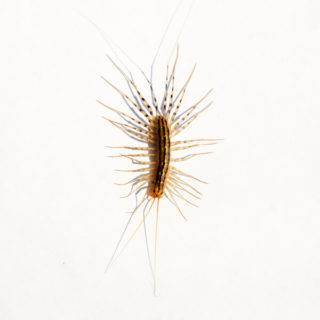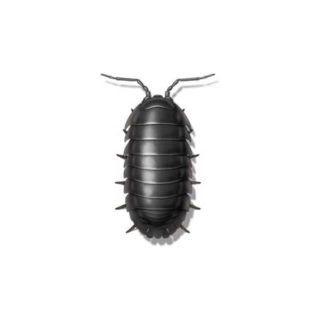Asian Lady Beetles in Cleveland
The Asian lady beetle was brought to the United States in the late 1970s from Asia to assist in the control of crop pests. These insects are now distributed from the Pacific Northwest to Mississippi. They are known to infest homes in large numbers, especially during the winter months when they seek warmth. The beetles leave behind a strong pheromone that can be detected by future beetle generations up to ¼ mile away. Beetles are then attracted to your home as a future overwintering site and may cause more insects in your home.
Asian Lady Beetle Habitat
The Asian Lady Beetle is an aggressive predator of crop pests and is active from spring to early fall. They have several generations each year and live together in aggregates of hundreds to even thousands of members. As a unit, they are capable of entering structures and becoming a pest in and around homes. They can be found in wall voids, on siding, inside closets, and attics, and may be attracted to lights.
Asian Lady Beetle Behaviors, Threats, or Dangers
The Asian lady beetle can bite, but it does not spread disease or cause serious injury to people. They will secrete a foul odor that leaves a yellow stain if disturbed or crushed. As the temperatures drop, they will search for crevices and protected areas to spend winter. Typical locations for them to hide include attics, cracks around door frames, wall cavities, and in soffits and wall voids. Their secretions can potentially stain clothing or drapery and some research indicates that allergies may develop over time. Asian lady beetles are particularly attracted to warm homes as they cannot survive sub-freezing temperatures. Infestations of the Asian lady beetle can be large, so reaching out to a licensed beetle exterminator may be your best course of action. If you are dealing with an infestation, always contact a licensed beetle exterminator.
Need help with Asian Lady Beetle control?
Need Pest Control Service?
Leave your information below and we’ll be in touch with a FREE quote!
"*" indicates required fields
*During normal business hours. After hours calls will be returned the next business day.





